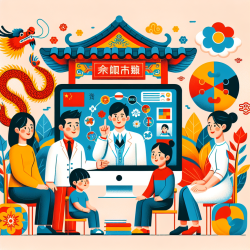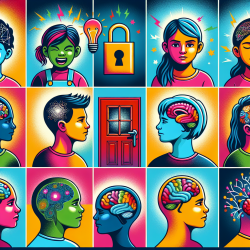Understanding the experiences and needs of Chinese American parents of autistic children is crucial for practitioners aiming to improve educational outcomes. The recent study, "Understanding the experiences and needs in autism education: A semi-structured interview among Chinese American parents of autistic children," offers valuable insights into the cultural nuances and expectations of these families.
Key Findings
The study conducted semi-structured interviews with 10 Chinese American parents, revealing several critical themes:
- Perceptions of Education Materials: Parents generally found that the educational materials provided to their children lacked cultural sensitivity. They noted that these materials did not adequately reflect their family beliefs and traditions.
- Intervention Strategies: While parents appreciated the interventions, they highlighted a need for more culturally adapted strategies. Language barriers and cultural differences often led to misunderstandings and ineffective interventions.
- Experiences and Attitudes: Parents' attitudes towards autism varied, with some viewing it as a chronic condition while others saw it as a part of their child's identity. Their experiences pre- and post-immigration significantly influenced these attitudes.
Recommendations for Practitioners
To enhance educational outcomes for Chinese American autistic children, practitioners should consider the following recommendations:
- Understand Cultural Context: Before offering services, take the time to understand the parents' cultural background, attitudes towards autism, and specific needs.
- Improve Communication: Provide information in both English and Chinese to ensure parents fully understand the services available to them.
- Train Educators: Educate teachers and clinicians about common cultural differences and how to adapt their strategies accordingly.
- Provide Culturally Adapted Materials: Offer educational materials that reflect Chinese culture to help children feel more connected and understood.
- Foster Collaboration: Encourage collaboration between parents, educators, and community organizations to create a supportive network for the children.
Conclusion
By integrating cultural sensitivity into educational practices, practitioners can significantly improve the outcomes for Chinese American autistic children. This study underscores the importance of understanding and addressing the unique needs of these families to create a more inclusive and effective educational environment.
To read the original research paper, please follow this link: Understanding the experiences and needs in autism education: A semi-structured interview among Chinese American parents of autistic children.










